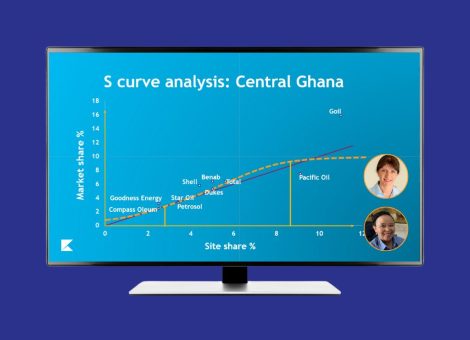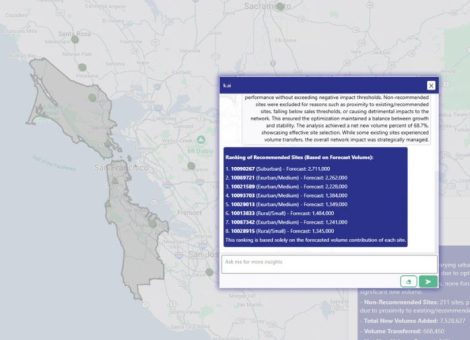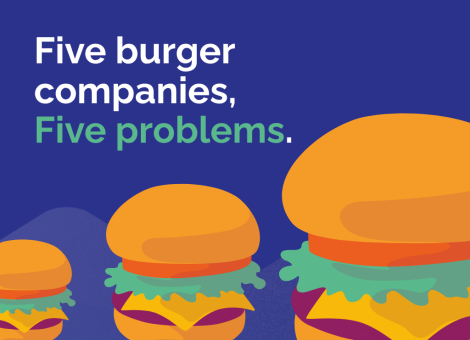Platform duplication: The enemy of efficiency

One of the most frustrating things about modern technology eco-systems is duplication; parallel systems performing similar or complementary tasks, but not talking to each other.
We find it a lot in the location intelligence space – particularly when clients first approach us. Their teams run a main GIS (geographic information system), with their first party data and a few third-party data sources, alongside another platform for specific data queries – most often mobility data.
But they don’t integrate at all.
Running parallel systems introduces duplication and adds steps that slow down decision making. It also heightens the risk of human error. Time wasted importing and exporting data is time that should be spent on profit-generating actions.
Ultimately, you have created two, potentially competing, versions of truth – not to mention the additional cost implications.
All for one, one for all
We favor one platform for all your geospatial data and insight. An integrated solution means teams spend less time moving from one tool to another and can easily see all sources side by side, interrogating and insight as required. It means better decisions, faster, with reduced the risk of human error.
As the business and its teams scale, an integrated tool becomes even more essential. Best practice use of geospatial data spans multiple departments and use cases. Knowledge sharing is blocked when insight is in disparate locations. Consider the training requirements; training team members on one tool speeds up the process of onboarding, meaning users are competent in their role and generating value faster.
When we developed the next generation of Kalibrate Location Intelligence (KLI 2.0), we started with the same objectives as we do any tool: how can we make this as easy as possible for the end user to generate the insights they need to do their job?
From a data point of view, that’s why data source integration capabilities are critical. That’s why Competitive Insights, our mobility solution, plugs straight into the main KLI interface, so insight from mobility can be seen in alongside your first and third-party data.
Avoiding duplication can be challenging – but asking the right questions of a potential partner from the start helps. What data sources can we integrate? How does that integration work? Is it chargeable? How configurable is the tool? Does it have additional functionalities and use cases if our needs change?
These are questions that help you avoid the risk of platform duplication down the line. If the potential partner can’t answer satisfactorily and you don’t want to run parallel tools in the future, it’s probably better to look elsewhere.
As believers in the ethos that more data means better insight, we understand why platform duplication happens. But we also believe that insight should be fast and easy to obtain.
Read more articles about:
Location intelligenceSubscribe and get the latest updates
You may unsubscribe from our mailing list at any time. To understand how and why we process your data, please see our Privacy & Cookies Policy
Related resources
Fuel pricing
Middle East / Africa - Fuel network planning: Critical insights
Join our team as we look at the key points of insight that fuel network planners need to consider when making...

Location intelligence
AI in location intelligence: The force multiplier for smarter site selection
AI is rapidly advancing in the world of real estate - this is the first blog in a two-part series on incorporating AI...


